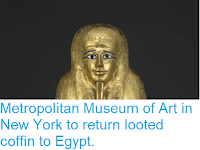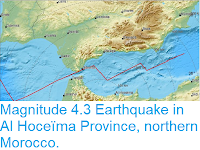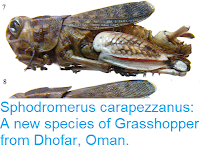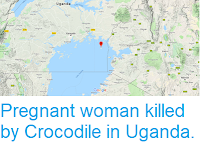Robber Flies (Asilidae) are True Flies (Diptera) noted for their aggressive predatory behaviour, which includes taking other Insects on the wing. They are stout, bristly Flies, found across the globe other than in the Antarctic, but favouring open grasslands. Robber Flies can be quite large, with most species over 1 cm in length, and the biggest exceeding 5 cm. Members of the genus Choerades are widespread in Africa, with most species being tree-dwellers found in tropical regions of the continent, though Southern Africa is home to a number of species which inhabit more open environments. They tend to be shiny black Flies, 1-2 cm in length, and somewhat flattened dorsoventrally.
In a paper published in the journal African Invertebrates on 13 February 2019, Jason Londt of the KwaZulu-Natal Museum and the School of Biological & Conservation Sciences at the University of KwaZulu-Natal, and Torsten Dikow of the Smithsonian National Museum of Natural History, describe a new species of Choerades from Southern, Eastern and Central Africa.
The new species is based upon re-examination of specimens in museum and university collections previously assigned to the Robber Fly species Andrenosoma serpentina. It is named Choerades analogos, where ‘analogos’ means ‘resembling’ because of this similarity. The species is black, with some white hairs giving it a silvery appearance, males having more white hairs than females. Most known specimens of the species were collected in South Africa and Namibia, but there are also examples from the Democratic Republic of Congo, Malawi, and Kenya, suggesting a widespread distribution.
The new species is based upon re-examination of specimens in museum and university collections previously assigned to the Robber Fly species Andrenosoma serpentina. It is named Choerades analogos, where ‘analogos’ means ‘resembling’ because of this similarity. The species is black, with some white hairs giving it a silvery appearance, males having more white hairs than females. Most known specimens of the species were collected in South Africa and Namibia, but there are also examples from the Democratic Republic of Congo, Malawi, and Kenya, suggesting a widespread distribution.






















































